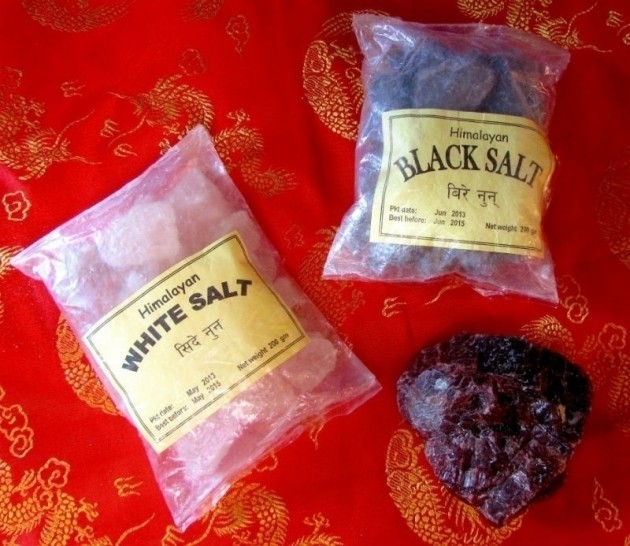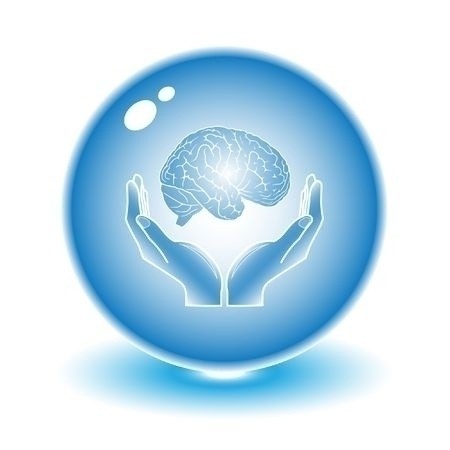Question: I have been told that I have a total cholesterol of 278/HDL of 60. My doctor put me on a statin which was not good for my liver. He then put me on another statin which caused muscle aches, nausea, and lethargy. What can I do that will be more natural but get my cholesterol down?
Answer: Without know more about your medical, personal, and family history it’s difficult to give a full answer with medical confidence. In some people, 278 is not a very risky number, and in others, even low total cholesterol (under 200) will not prevent a heart attack. A large percentage of cardiac events is not associated with high cholesterol at all! And I have seen patients who were happy, productive, and healthy into their nineties despite having total cholesterol above 400! This depends on genetics, environmental factors, and the presence of other cardiovascular risk parameters. Statistically, increased heart disease risk is indeed associated with elevated cholesterol, since it is seen mainly in populations eating large amounts of animal flesh containing saturated animal fats and cholesterol, and since atherosclerotic plaques contain chiolesterol and triglycerides (fats). But this does not include an analysis of important nutritional, genetic, and diagnostic variables affecting each individual.
First, it’s important to recognize that there are many other cardiovascular risk factors that surpass cholesterol in importance (homocysteine, intra-cellular magnesium, CRP, 25-hydroxy-Vitamin D, apo-lipoproteins, and others). They are unfortunately ignored or given lower priority by our medical-industrial complex, mainly because they are mostly related to lifestyle and nutritional factors, and do not “lend themselves” to the prescription of pharmaceutical drugs (the cholesterol-lowering business is a multi-billion dollar industry, therefore cholesterol testing remains “important and popular”)! Most doctors today don’t even test for these other cardiovascular risk factors and therefore fail to diagnose them despite extensive scientific research that has been published about them in the last 25 years! The treatment is essentially nutritional and dietary – e.g. B6, folic acid, and B12 for elevated homocysteine, Magnesium Glycinate for low intracellular magnesium, avoidance of pro-inflammatory foods containing or leading to the formation of arachidonic acid (i.e. avoid flesh foods and dairy products, popular seed oils such as soy and corn oils,) to reduce inflammation (CRP) , vitamin D3 intake for low 25-hydroxyVitamin D, etc.
Second, be aware of the fact that oxidation of the so-called “bad cholesterol” (LDL) is associated with higher risk – therefore eating a non-toxic diet rich in anti-oxidants (mainly fresh, organic fruits and vegetables) and taking antioxidant supplements (such as vitamins C, E, Selenium, and others – a broad spectrum antioxidant formula such as Oxygenics is recommended) can reduce the risk for accumulated oxidized (rancid) LDL cholesterol.
Third, certain foods (garlic, olive oil) and herbs (guggul), as well as certain nutrients (available as supplements) such as Red Yeast Extract, Polycosanol, and niacin (Lipotain) are proven to improve blood lipid status as much as statin drugs do in some cases, but without the toxic effect on the liver and other body systems that inevitably occurs with the use of expensive synthetic statin drugs.






